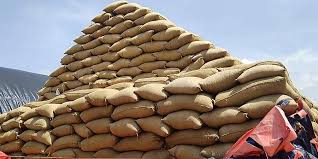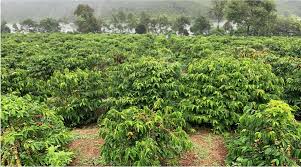
Global corn and soybean export patterns are undergoing significant changes in 2025, as shifting weather conditions, geopolitical dynamics, and changing demand from key importers reshape trade flows across major producing nations.
According to recent trade data and market analysis, U.S. corn and soybean exports remain strong, though increasingly challenged by growing competition from South American producers, particularly Brazil and Argentina, who have reported record harvests despite regional weather volatility.
U.S. Corn Exports See Mixed Signals
U.S. corn exports have faced headwinds in recent months due to stronger-than-expected supply from Brazil, whose second corn crop, or safrinha, entered global markets at competitive prices. Still, U.S. corn remains in demand from countries like Mexico, Japan, and Colombia, supported by stable quality and established logistics.
The U.S. Department of Agriculture (USDA) reported that as of late June, corn export commitments for the 2024–2025 marketing year were slightly below last year’s pace, although actual shipments are picking up as global buyers respond to tightening supplies elsewhere.
Analysts also note that weather conditions in the U.S. Midwest, including episodes of drought in key growing areas, could influence both future production and export volumes going into the fall.
Soybean Exports Bolstered by China, Brazil’s Lead Widens
Global soybean markets continue to be shaped by demand from China, the world’s largest soybean importer. While the U.S. remains a major supplier, Brazil has widened its lead thanks to favorable exchange rates and expanded acreage. Brazilian soybean exports to China surged during the first half of 2025, undercutting U.S. prices on international markets.
However, U.S. exporters are finding opportunities in alternative markets, such as the European Union, Southeast Asia, and the Middle East, where demand for feed and edible oils is rising.
The USDA’s latest export sales data shows that total U.S. soybean commitments are closely tracking seasonal expectations, with peak shipping likely to resume later in the year as harvests begin in September.
Geopolitical Factors and Trade Policy Impact Flows
Trade tensions, currency fluctuations, and shipping costs have also played a key role in altering trade patterns. For example:
- Argentina has reduced its soybean export taxes slightly to boost competitiveness.
- U.S.–China relations remain a factor, with any new tariffs or trade deals likely to shift purchase behavior.
- The Russia–Ukraine conflict continues to affect grain exports through the Black Sea, indirectly influencing global grain prices and buyers’ sourcing decisions.
Outlook: Competition, Climate, and Currency
Looking ahead, market analysts expect continued competition between the U.S. and Brazil for global market share in both corn and soybeans. Much will depend on weather outcomes during the current U.S. growing season, and on exchange rates, which affect the price competitiveness of exports.
“There’s no doubt that Brazil is taking a larger role in global soybean and corn trade, but U.S. farmers still have strong markets and logistics advantages,” said Laura Jamison, an agricultural economist at Iowa State University. “The next few months will be crucial in determining export momentum.”
As planting and harvesting cycles continue across hemispheres, buyers and sellers alike will remain focused on weather forecasts, government reports, and international trade developments to guide their decisions.














